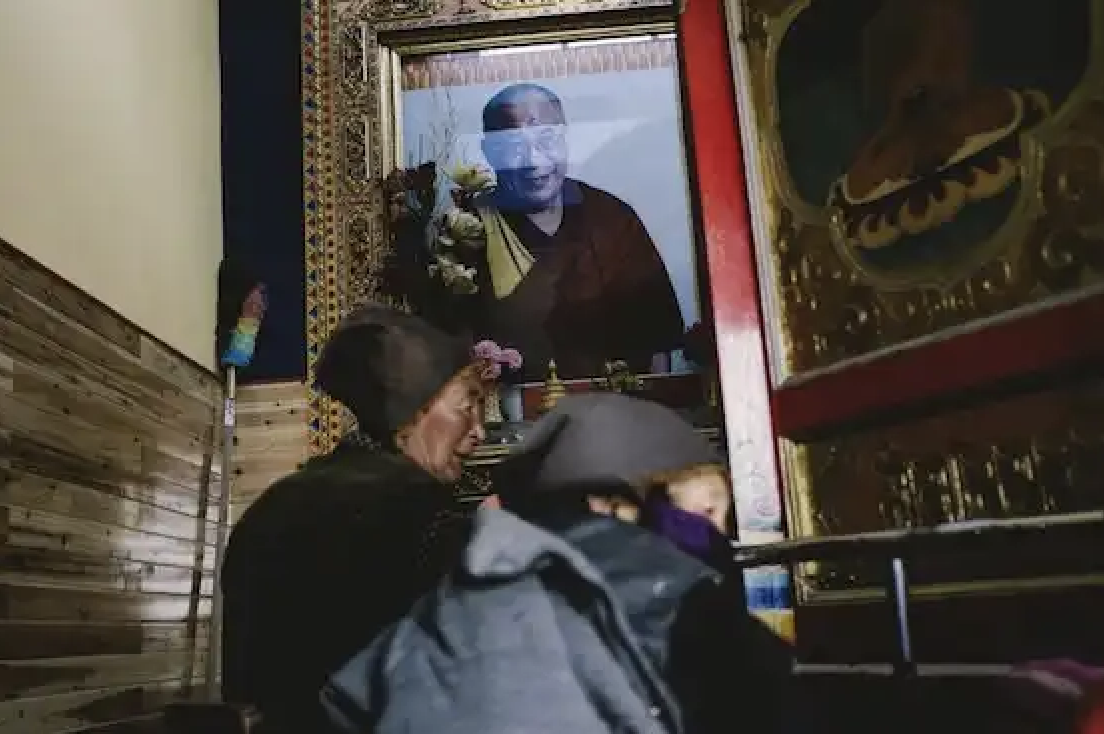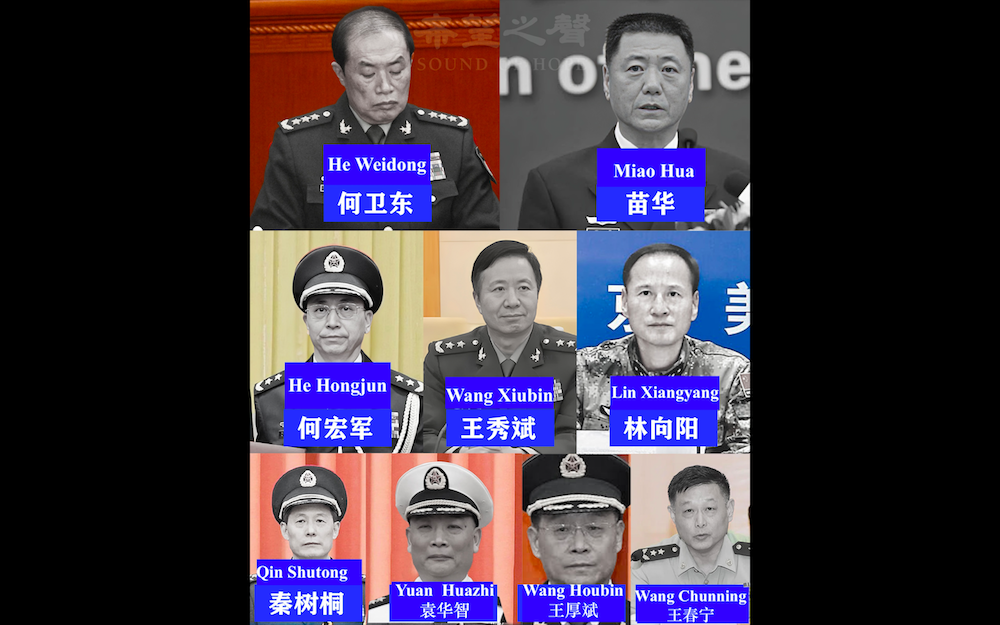By Scharada Bail
It is a form of medicine that demonstrates more than ever the intrinsic connection between the mind, the body and the spirit. Tibetan healing techniques are gathering a formidable reputation as the way out of agony for people suffering from maladies as varied as spondylisis and diabetes, arthritis and cancer.
The Men tse Kang medical centre, which employs Tibetan healing techniques, was established at Dharamshala, Himachal Pradesh, in 1962. The centre is now treating patients in Mumbai, Delhi, Kolkata, Bangalore and Chennai through a team of doctors who also visit smaller towns from time to time.
Before one even encounters Dr. Dorjee Rapten, practitioner of Tibetan medicine, one hears stories about the miraculous properties of Tibetan medicine in curing even difficult cancers. What are the elements of this powerful form of healing, and how does it differ from the medicine practiced in modern hospitals?
Like other holistic healing methods, the aim of Tibetan medicine is to make an individual live in healthy harmony with his or her environment and community. This tradition perceives medicine to be the last resort. It believes that a dietary and behavioral regimen can play an important role in restoring well-being. In fact, even with medicine, diet and behaviour play the main supporting role. Tibetan healers have proved that diseases in contemporary society are more self-made, or mistreated, or created by the very system that is supposed to heal them. This is because the relationship between a patient and the environment, between the patient and the healer, between the individual and the community that hold him, have become fractured and broken.
Dr. Dorjee and his team emphasise the importance of Stress Management. ‘‘The body is a very intricate composite of highly sensitised systems, imbued with prana or chi, that we refer to as rlung — the life force,’’ says Dr. Dorjee. ‘‘Stress, dietary factors and lifestyle behaviour patterns function as bio-catalysts that can trigger disturbance. In the same way, they can be used to restore the balance. That is the reason we begin by persuading our patients to participate in their own healing.’’
The medicines dispensed in Tibetan healing have been formulated through the secret transmission of medical tantra from teacher to disciple for centuries. This knowledge is not to be exploited for making money, and all the pills, potions and decoctions produced under such closely supervised methods are accompanied by prayer and appropriate ritual. When we receive a Tibetan pill, we are actually receiving a benediction for our health and well-being, in addition to the healing properties carried by the herb that makes up the medicine. The herbs for Tibetan medicine are all from Himalayan regions like Ladakh, Gangtok, Manali and Southern Tibet, and the ‘‘Jewel Pills,’’ which take six months to make, are made of precious ingredients.
Research into the properties and methods of Tibetan medicine is being conducted across the world to establish the scientific basis behind the ancient classical formulations. In fact, Tibetan medicine has definite connections to Ayurveda, but its development under Buddhist doctrine and teachings has given it an independent identity. While Dr. Dorjee and his team work hard to tackle the gastrointestinal, skin and degenerative disorders that result from a contemporary urban lifestyle, they are affected by lack of resources and sponsors. Some institutions have come forward to help them in places like Bangalore. But individuals and donors who can help with travel and finding a space to stay and practice are urgently needed to enable this holistic form of healing to reach more Indian centres.
Dramatic recovery from life-threatening disorders and a restoration of energy and well-being among those who had chronic illnesses is a common story among former patients of the Tibetan school. We must show more initiative to see that this form of healing puts down stronger roots in our own country.









